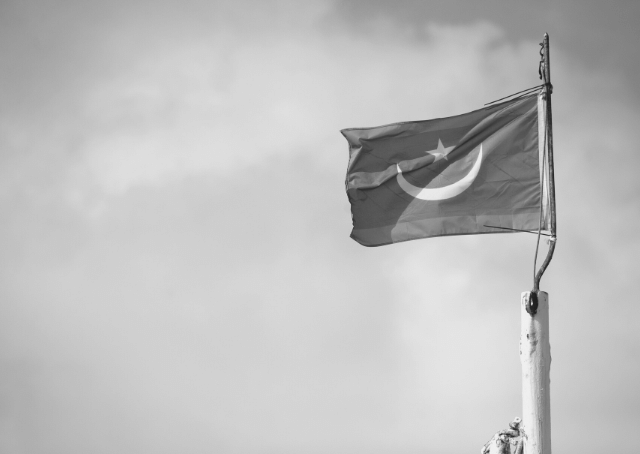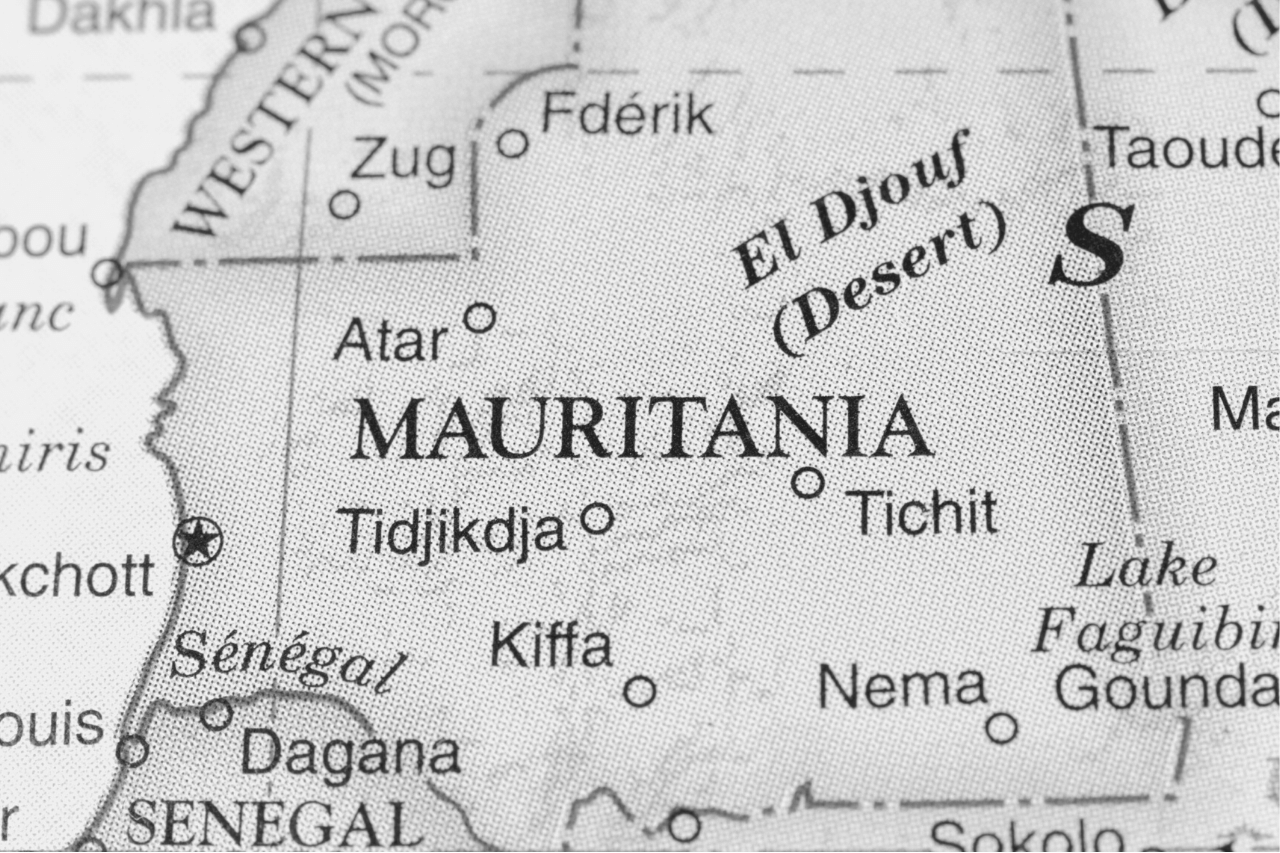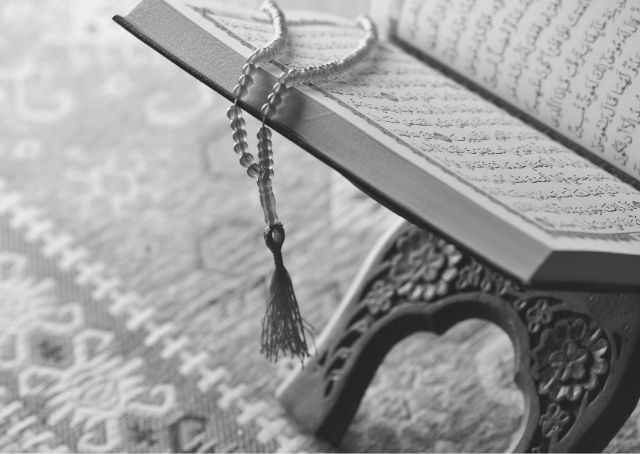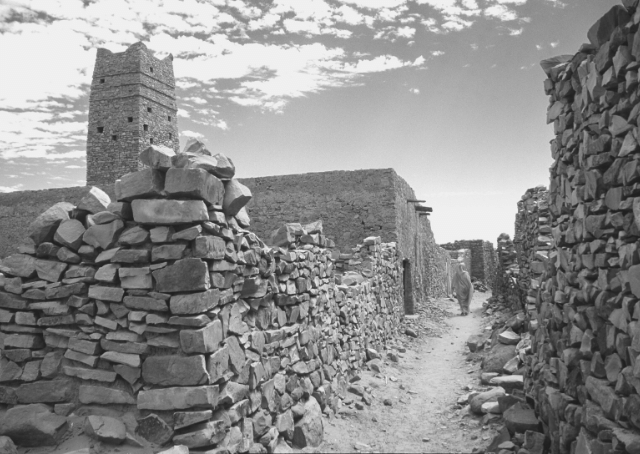Mauritania | People, Language, Religion, & History
Located at the crossroads of sub-Saharan Africa and the Maghreb region, Mauritania shares most of its land area with the Great Sahara Desert. Thus, most of the population stays in the less arid south of the country where its port cities are located.
Beginning as a nomadic people, the Mauritanians underwent sedentarization and urbanization ever since their independence in the 1960s.
Mauritania History
Mauritania’s name came from the ancient Berber kingdom of Mauretania, which is now located between Algeria and Morocco. It’s believed that the term “Mauretania” refers to the Berber people of the region who were called Mauri.
Ancient Mauritanian tribes were composed of Berber, Balfour, and Niger-Congo peoples. The Bafours were often regarded as the first Saharans who abandoned their nomadic life to settle and adopt an agricultural one. The Balfour’s were also linked to the contemporary Arabized minor social group of Imraguen, which lived on the Atlantic coast.
Balfour’s were ancient people who relied on agriculture. From living in the desert, they migrated southward into West Africa. Based on historical records, the main commercial routes that empires in Morocco regularly used passed through Mauritania. Merchants would barter luxury products such as brocades, clothes, and paper in exchange for gold. It was also in these commercial routes where Hassani Arab tribes entered the western Sahara.
The Balfour people soon became a prominent and wealthy empire which was later called the Ghana Empire. The empire stretched from Mauritania to Senegal and Mali. In 1076, Islamic warriors attacked Ghana and conquered it. They brought Islam into Mauritania during the wider Islamization of Sudan and the medieval Trans-Saharan slave trade.
Islamization of Mauritania was a long process that spanned over more than 500 years. Mauritania didn’t become an Islam nation until the arrival of Yemeni Arabs during the 12th and 13th centuries.
During the 19th century, colonial powers started to take an interest in Mauritania. The first Europeans to arrive in Mauritania were the Portuguese, who traded gold and slaves and later gum arabic with the people in Mauritania. Among all the colonial powers, France was most interested because they viewed Mauritania as a geographical connection to their territories as it is between their colonies in North and West Africa.
In 1904, France claimed territory over Mauritania. Xavier Coppolani, a French military, signed many treaties and played an essential role in propagating French influence. Through the help of the Zawaya tribes, he managed to extend French rule over the Mauritanian emirates. In 1905, Coppolani was killed, and his work was continued by Gen Henri Gouraud, who controlled the Adrar region in 1909.
Because Mauritania was economically, politically, and administratively dependent on Senegal, the French didn’t have a hard time taking Mauritania. During the colonial period, Mauritania’s population remained nomadic. Those who were expelled from centuries earlier began to move back into Mauritania. When the capital city of Nouakchott was founded, almost 90 percent of Mauritanians were still nomadic.
After the second world war, Mauritania was involved in a series of reforms by the French colonial system. These reforms led to administrative decentralization and supported internal autonomy. On November 28, 1960, Mauritania gained independence from the French. Its leader during its independence was Makhtar Ould Daddah, who formed the Mauritanian People’s Party, which became the leading force in creating a new constitution.
However, in 1976 due to a conflict with the former Spanish territory of Western Sahara, Mauritania was partially annexed to Morocco. Morocco heavily influences Mauritania’s politics during this time.
During the 1990s, the Mauritanian government was primarily connected to extremists. They supported Iraq during the Gulf War. In 2005, the long-serving dictator Maaouya Ould Sid’Ahmed Taya was ousted by Mauritania’s military during a coup d’état. The government experienced several coups until 2019, when the Mauritania country had its first peaceful transition.
Where is Mauritania?
Mauritania is a nation found in Northwest Africa. Currently the eleventh largest sovereign state in the African continent, it has a total area of 1,025,520 km, roughly the same size as Egypt and twice as France.
The Sahara borders it to the north, the Atlantic Ocean to the west, Algeria to the northeast, and Senegal to the southwest. Mauritania bridges Morocco, Algeria, and Tunisia to the westernmost portion of sub-Saharan Africa. Mauritania’s Atlantic Coastline extends for 435 miles from the Senegal River to Cape Blanco Peninsula.
Around 90 percent of Mauritania’s geography is found in the Sahara, which means Mauritania’s actual inhabitants live south of the Mauritanian capital city called Nouakchott.
The land where Mauritania sits is mainly made up of sand and barren soil due to its proximity to the Sahara desert. Plants consist primarily of cacti and date palms. In the south, grasses and trees common to Savanna regions often grow, including the baobab tree, acacias, and palms.
In the south, along the Senegal River, you’ll find willows and acacias. Wildlife in Mauritania consists of lions, panthers, cheetahs, hyenas, crocodiles, and otters. In the north, you’ll find wild sheep, ostriches, antelopes, and ducks. Mauritania lists 61 species of mammals, 172 species of birds, and over 1,100 species of plants in the country.
Mauritania is surprisingly rich in minerals such as iron ore, gypsum, and copper. In the late 1950s, a large deposit of high-grade iron ore was discovered in the region where exports started in 1963.
Mauritania location is divided into three principal geologic zones. The first is found in the north and northwest, consisting of Precambrian rock that forms the country’s Reguibat ridge’s backbone. It also covers the Akjoujt rock series that occupy the vast peneplain.
The second geological zone is in the center and is known for its sandstones covering the Tindouf Syncline. You’ll find the enormous synclinal basin of Taoudeni bounded by the Tagant, Adrar, and Assaba plateaus in its center. The third zone is formed by the Senegalese Mauritanian basin, which includes coastal Mauritania and the lower Senegal River Valley.
In Mauritania, you’ll find the famous Richat Structure or the “Eye of the Sahara,” a prominent circular feature in the north. It has often become a landmark for astronauts in space shuttles. Theories say that a meteorite structure made its shape which could explain its symmetrical uplift.
Climate
Mauritania is a generally hot and dry place with irregular rainfall. There are few variations to the annual temperature. Sometimes, the long dry season is accompanied by dust-laden winds from the Sahara except for the coastal strips, which are influenced mainly by oceanic trade winds.
Most of Mauritania, north or about two-thirds of the county, has a dry and hot Saharan climate. During the daytime, the temperature exceeds 38 degrees Celsius. Rainfall in Atar averages around 10cm. Irrigations have been developed in the Senegal River basin, where the country’s food production center is located.
People and Their Languages
The Mauritanian population consists of around 70 percent Moors and 30 percent non-Arabic-speaking Africans. They have a population of approximately 4 million. The local populace is divided into three main ethnicities: Moors, Haratin, or West Africans. It’s known that Haratins are descendants of former slaves in the region. There are also small numbers of Europeans in the country who are mainly French and Spanish. There’s also a small community of Lebanese traders.
The official language of Mauritania is Arabic. They also have four national languages such as the Hassaniya, Wolof, Bambara, and Soninke. Hassaniya is a mixture of Berber and Arabic and is the primary language of the white Maurs and the Haratin. Soninke, also called Sarakolle, is the language of the people living in Senegal and Mali’s borders. Wolof is the most widely spoken language. Bambara is the language spoken in the southeast.
Black moors are the largest single ethnic group in the country who are believed to be descendants of former slaves. Due to ethnic clashes between pro-Arab groups and black Africans, the Mauritanian government banned any population discussions to retain the Mauritanian myth that it’s the land of the Maurs with only several black Africans.
Mauritania has a complex social caste system that is based on their skin color. Light-skinned Moors usually hold positions of power while black ones suffered at the bottom of the social ladder. In 1981, slavery was finally abolished in Mauritania. It was the last country in the world to do so. However, United Nations still receive reports that slavery persists in the country, with thousands of black Moors held in involuntary servitude.
Religion
Mauritania’s official state religion is Islam, and most of the Muslims in the country are Sunni Muslims. They follow the Maliki rite, which is one of the four Sunni schools of law. They also mainly belong to the Qadiriyya brotherhood. Although Sufism played an essential role during the early expansion of Islam in the country, it wasn’t until the 19th century when religion became a way of expanding identities and loyalties.
The republic also guarantees freedom of conscience and religious liberty to all its citizens. There are a few thousand Christians and a small number of jews in Mauritania. Proselytizing is illegal and discouraged in Mauritania as it contradicts and threatens the tenets of Islam.
Mauritania’s flag is green with a yellow crescent, and stars symbolize Islam. The citizens believe they must promote Islam and Islamic values throughout black Africa. Muslims living in Mauritania believe in “lesser spirits” who transformed from pre-Islamic faiths into Islamic sites. They do not place importance on the concept of eternal soul or rewards/punishment in the afterlife.
Mauritania is a conservative Islamic State which requires its visitors to dress and behave accordingly. Public displays of affection are avoided in public, especially in rural and traditional areas or inside religious mosques or shrines. Homosexuality is also a punishable offense in Mauritania. The use and possession of illegal drugs are also against Mauritanian law.
Economy
Today, Mauritania is a member state of the League of Arab States. Despite being rich in mineral resources, Mauritania is a developing country. It’s one of the world’s poorest countries. 20% of Mauritanians earn less than $1.25 per day. Mauritania continually struggles with terrorism, poverty, slavery, and crime in its areas. Slavery is one of the major human rights issues in the country, affecting more than 150,000 people.
Mauritania’s economy is divided into two essential sectors: agriculture and mining. Most of the population depends on agriculture and livestock for livelihood. The primary agricultural products are produced near the Senegal River and include dates, millet, sorghum, rice, and corn. They also raise cattle, sheep, goats, and camels. During periods of drought, food production drops dangerously low. Mauritania’s mining industry developed only during the 1960s. They mined gypsum, gold, copper, and salt. Because of the difficult mining conditions and large reserves, the low commodity prices, mines sometimes closed.
Aside from iron ore, the top exported products in Mauritania are gold, cattle, and fish. The leading imports are machinery and equipment, petroleum products, consumer goods, and food. Mauritania’s trade partners are France, Belgium, Japan, and Spain.
Transportation in Mauritania is severely underdeveloped. There are only a few paved roads, one freight railroad, and two deep water-ports. The country also has only two airports for international flights.
Mauritania Culture
Mauritania culture is heavily influenced by Arab and African culture. You can also see similarities with Moroccan and Senegalese cuisine. Their diet consists mostly of meat, millet, rice, fish, and potatoes.
For many Mauritanians, food has special social and psychological functions. People usually eat together in groups from a large bowl with their right hand. It is forbidden to use the left hand to eat. It’s also unacceptable to eat in the presence of one’s in-laws.
Mauritanians eat first, then drink cold water or sour milk or juice. Most Mauritanians don’t drink alcohol since it’s banned from the Muslim faith. The most consumed drink is Mint tea which is customarily consumed after lunch and dinner.
During ceremonial occasions, people slaughter animals according to the number of wives and the husband’s wealth. After Ramadan, married men are expected to offer lamb whose meat is expected to be eaten up within three days before it’s thrown away. Also, only circumcised adult men are allowed to slaughter animals.
The Moors largely influence Mauritanian music. Most of them are songs to praise their warriors. Traditional musical instruments include the tidinit, which is an hourglass-shaped lute. They also have the tbal or the kettle drum and the daghumma or the rattle.
Politics
Mauritania has a government system that is a military junta. The chief of state is called the president, and the head of government is the prime minister. The government is also composed of traditional ministries, special; agencies, and parastatal companies. Their system somehow models the French system of local administration. Control is reserved for the executive branch of the government.
Mauritanian politics have always revolved around their tribes and personalities rather than ideologies. The ongoing conflict between white Moors, black Moors, and non-Moor ethnic groups that include land tenure and language issues is one of the most dominant issues that prevent national unity in the country. In 1976, both the Republic of Mauritania and Morocco illegally annexed Western Sahara. After losing to Polisario, Mauritania retreated in 1979, and Morocco took its claims.
In August 2008, Mauritania’s government was overthrown in a military coup d’etat led by General Mohamed Ould Abdel Aziz. In 2009, General Aziz resigned from the military to run for president, where he won.
Summary
The Mauritanian population consists of around 70 percent Moors and 30 percent non-Arabic-speaking Africans. The local populace is divided into three main ethnicities: Moors, Haratin, or West Africans.
Mauritania’s official state religion is Islam, and most of the Muslims in the country are Sunni Muslims. They follow the Maliki rite, which is one of the four Sunni schools of law.
Mauritania has a total area of 1,025,520 km. The Sahara borders it to the north, the Atlantic Ocean to the west, Algeria to the northeast, and Senegal to the southwest.
Around 90 percent of Mauritania’s geography is found in the Sahara, which means Mauritania’s actual inhabitants live south of the Mauritania capital city called Nouakchott.
In 1904, France claimed territory over Mauritania. Xavier Coppolani, a French military, signed many treaties and played an essential role in propagating French influence.
Mauritania has a government system that is a military junta. The chief of state is called the president, and the head of government is the prime minister.














